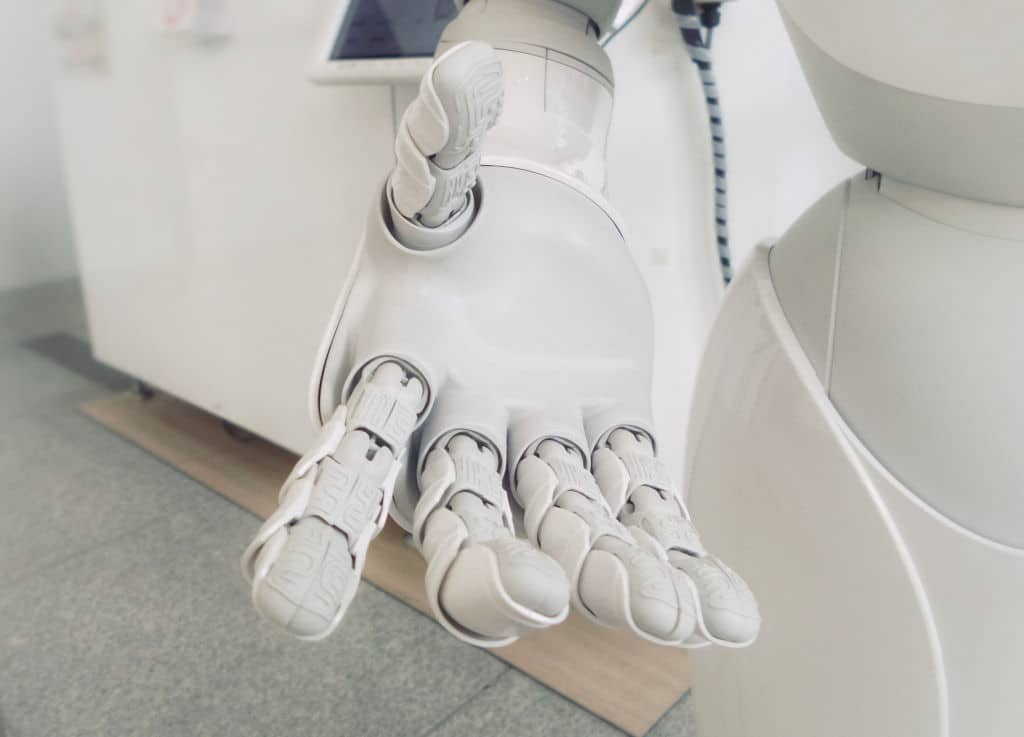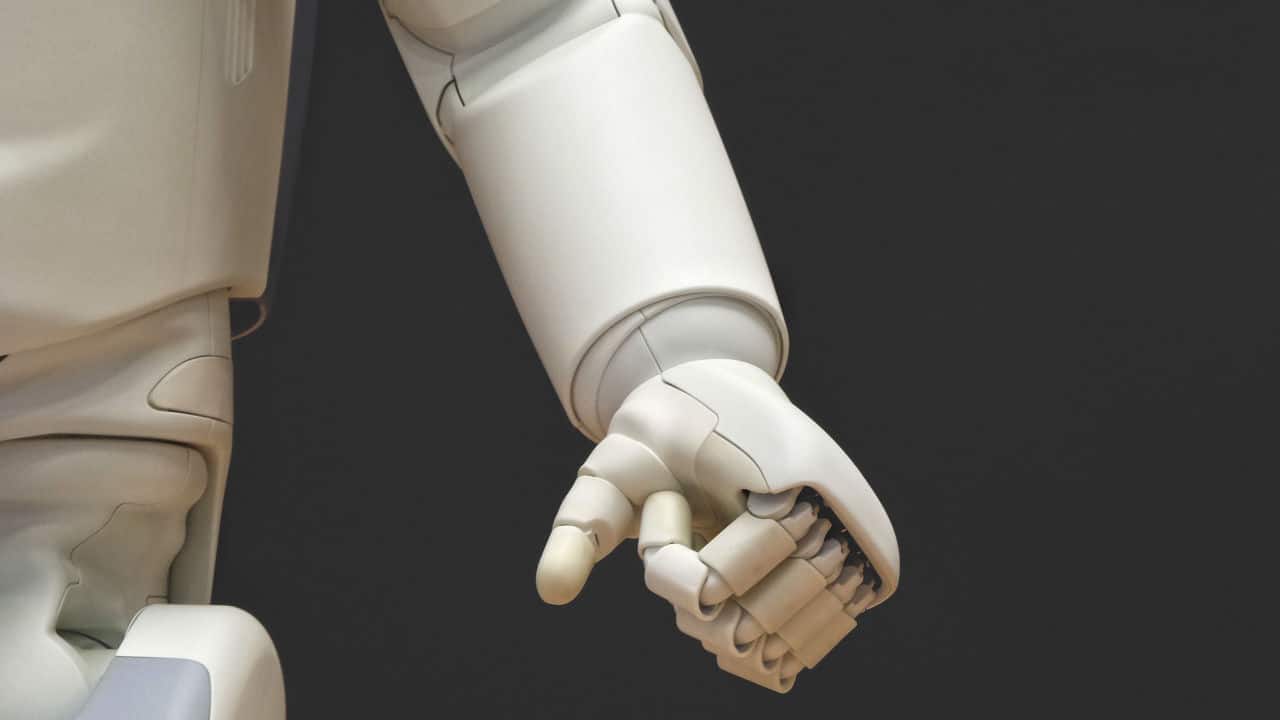Medical innovation is a must in the 21st century. One such innovation is the da Vinci surgery. This strategically places the medical system in a good position to combat different medical conditions with minimal risks and higher success rates.
The da Vinci surgery is a breakthrough in science, getting its unique name from the famous painter Leonardo da Vinci who also studied human anatomy.
Ever since the first design of the da Vinci system by Intuitive Surgical in the year 2000 and clearance by the Food and Drug Administration in the same year, the da Vinci system has been used to improve surgical procedures all over the world.
What is the da Vinci Surgery Procedure?
A da Vinci surgery is one where the da Vinci surgical system, a device with four thin robotic arms, is used to perform the surgery.
With the da Vinci surgical system’s aid, surgeons can perform various procedures, including gynecological, urological, head and neck, thoracic, colorectal, cardiac, and general surgeries.
Da Vinci only makes tiny incisions, which are less damaging to the body and lead to less discomfort, fewer complications, and a quicker recovery.
The range of motion of the robotic tools is greater than that of the human hand, which makes it very useful for invasive surgery.
This procedure also comes with great responsibility and dexterity in properly manipulating the machine. One wrong move and there could be an injury to the patient.
If a patient suffers harm from the da Vinci medical procedure, a legal claim can be filed in a court of law with medical animation as the prime demonstrative evidence.
This is especially useful since the procedure can be animated to depict the error during the surgery, whether the surgeon or the manufacturer is at fault.

Can You Sue for Errors From The Da Vinci Surgery Procedure?
Just like any other surgery, there are the risks of injuries sometimes caused by the doctor in charge or the surgical equipment when undergoing da Vinci surgery. When injuries occur, the patient who was harmed has the right to approach a law court and sue for medical malpractice or product liability.
As of 2014, Intuitive Surgicals settled roughly 3000 lawsuits with $67 million, all involving the complications involving two parts of the robot, which caused harm to the claimants. The company also has set aside $17.4 million to settle up to 100 lawsuits as of March 31, 2018.
Some of these cases that arose from using these robotic systems caused disabilities, disfigurement, and injuries to claimants, some of which involved electrical burns, organ damage, and sometimes death.
In the case of Taylor v. Intuitive Surgical Inc, the plaintiff suffered a laceration to his rectal wall during the surgery. This made the surgeons in charge take precautions and convert the surgery into open surgery.
Taylor suffered respiratory failure, renal failure, and infection. He suffered neuromuscular damage and had to walk only with assistance. He also became incontinent and had to wear a colostomy bag. His quality of life thus became greatly reduced, leading to his death four years later.
When instituting a claim which involves the da Vinci system, the faulty party could be the surgeon or the company.
On the part of the surgeon, you can sue for medical malpractice if they did not adhere to the laid down procedure or made a mistake. Medical animation can be used to portray the error made by the medical professional and how it affected the subject in question.
If the manufacturer is at fault, it is essential to prove some fault in the manufacturer. It could be that the product was defective or the design was defective. It could also be that the product is potentially unsafe, or the company did not reveal adequate warning on the usage.
In all these scenarios, legal animation can help illustrate a product animation to show the defect or potential harm in the da Vinci system.
Conclusion
Many medical procedures are inherently dangerous and can cause irreparable harm to patients despite the great benefits of such innovation. Whenever any harm occurs using medical procedures such as the da Vinci method, a case should be brought before the court to recover compensation and access justice. Legal animation can be used in cases like this.





